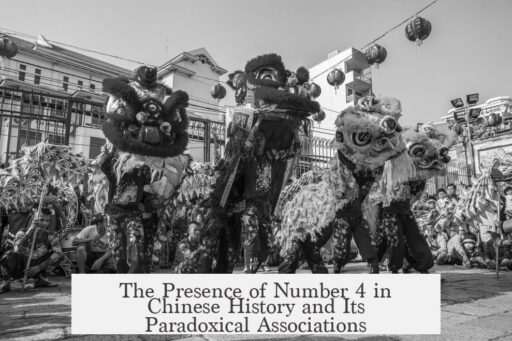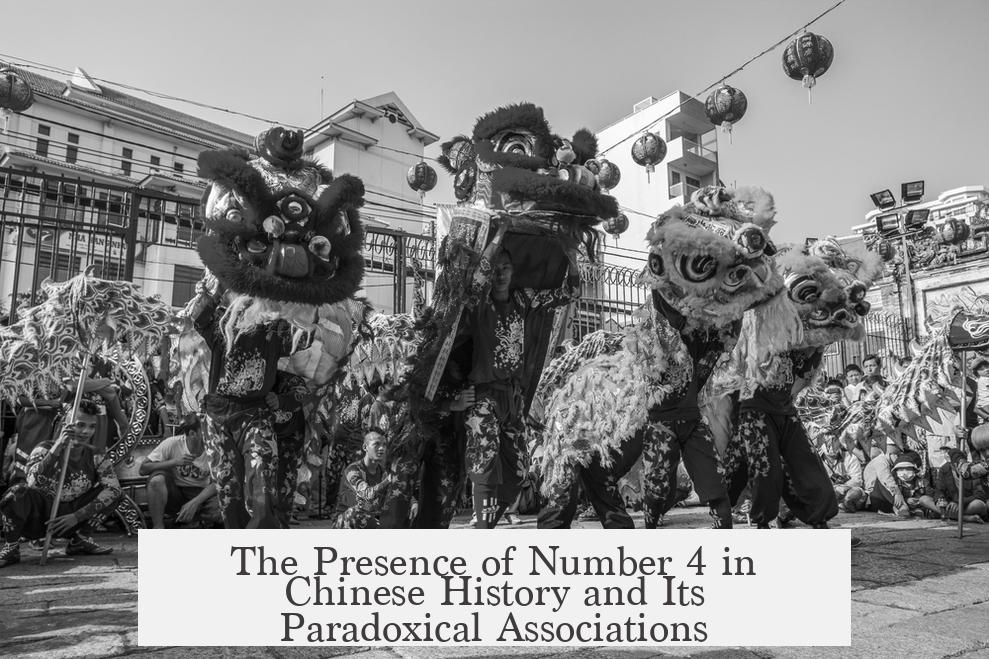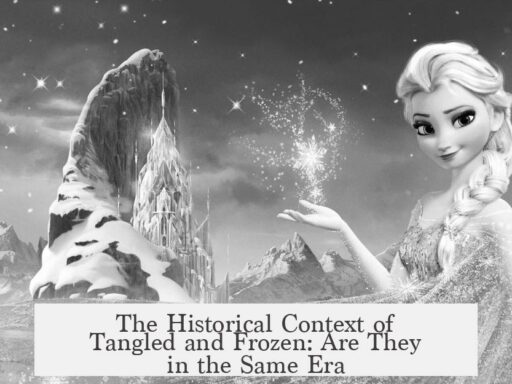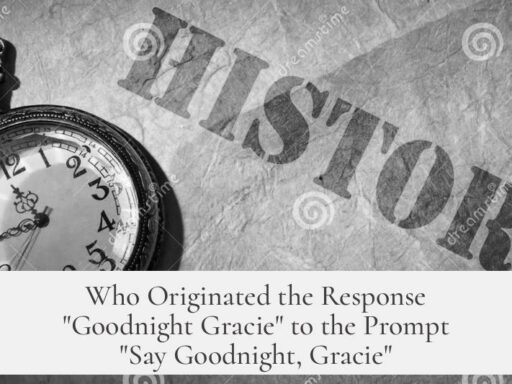The number “4” remains deeply embedded in Chinese history despite widespread tetraphobia because its symbolic meanings in traditional practices and cultural rituals often contrast sharply with modern linguistic fears. These dual associations explain why “4” continues to appear in significant historical and cultural contexts while simultaneously being avoided in contemporary settings.
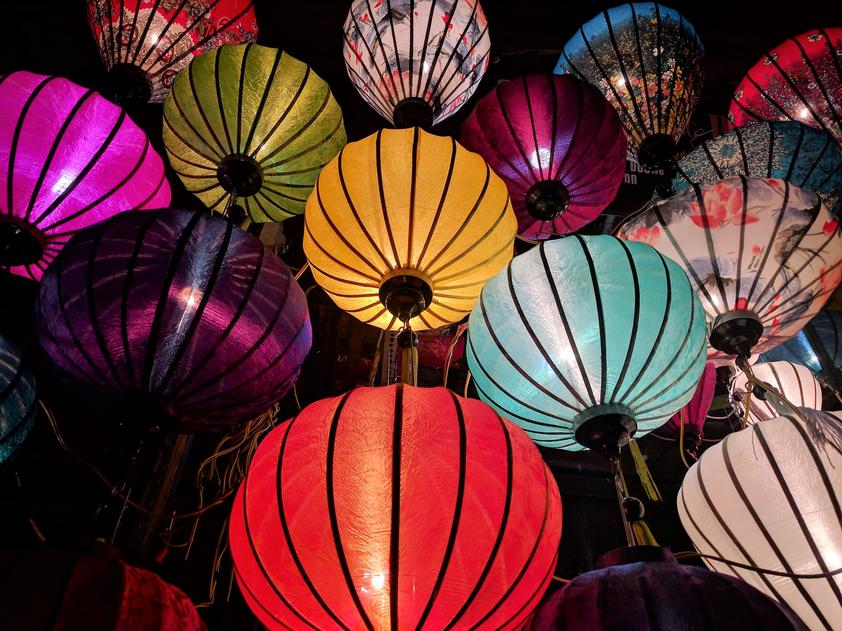
Historically, numbers held profound significance in ancient China. Number 4 was integral to divination and worldview. Since the Zhou Dynasty, yarrow stalks served as tools in divination rites to forecast luck. The I Ching or “Book of Changes” documents using odd or even counts—which often included the number four—to interpret good or bad fortune. Thus, ancient Chinese culture respected the number 4 as part of a system connecting numbers to cosmic balance and fate.
Beyond divination, number 4 gained auspicious connotations in many folk traditions. In weddings, it symbolizes happiness and prosperity. Brides traditionally wore “four reds”: a red shirt, pants, shoes, and socks. These represented four forms of happiness related to abundance in food, clothing, prosperity, and offspring. Wedding ceremonies further reinforced the positive resonance of the number 4 through rituals involving four kinds of red offerings (red dates, sorghum, candles, and silk fabric). In this context, 4 encapsulates blessing and good fortune.

The Lunar New Year also highlights the festive use of number 4. The fourth day of the festival, known as Sheep Day, involves welcoming back household gods—the Stove God and God of Wealth. This ritual symbolizes the restoration of divine protection and prosperity for homes and businesses. The number 4 thus marks auspicious moments encouraging welfare and stability in traditional celebrations.
Social customs reinforce this positivity as well. In southern inland China, banquets include a ritual drink toasting the “fourth cup” which represents “four seasons of prosperity and peace.” Guests toast the fourth cup to honor continuous flourishing throughout the year. Such practices demonstrate that “4” serves as a cultural symbol of abundance and cyclical harmony in communal life.
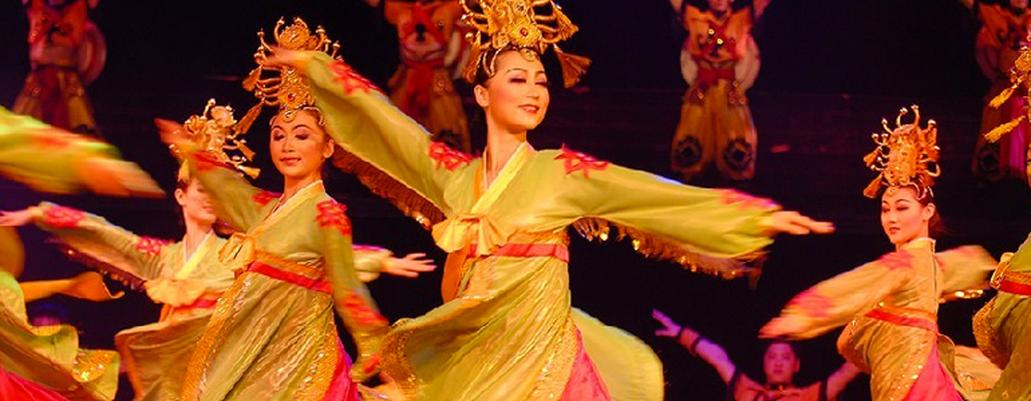
| Context | Role of Number 4 | Cultural Meaning |
|---|---|---|
| Divination (Zhou Dynasty, I Ching) | Counting yarrow stalks | Indicator of fortune, cosmic balance |
| Wedding Ceremonies | Four red items and offerings | Happiness, prosperity, abundance |
| Lunar New Year, Fourth Day | Welcoming gods | Protection, renewal, wealth |
| Banquets in Southern Inland China | Fourth cup toast | Four seasons of prosperity, peace |
Despite these positive historical uses, modern tetraphobia arises primarily from linguistic associations. In many Chinese dialects—especially in coastal Min Nan areas—the pronunciation of the word for “four” (四, sì) resembles that of “death” (死, sǐ). This homonymic link fosters anxiety around the number, leading people and businesses to avoid it in sensitive contexts.
Modern manifestations of tetraphobia appear in numerous ways. Some health care facilities omit the number 4 in ward or floor numbering. Public transportation and hospitality sectors often skip “4” in room numbers or license plates, like in Xiamen City where vehicle plates containing “4” are banned since 2002 to respect local sensibilities. These practices reflect the strong influence of cultural superstition shaped by phonetic fears rather than historic symbolism.
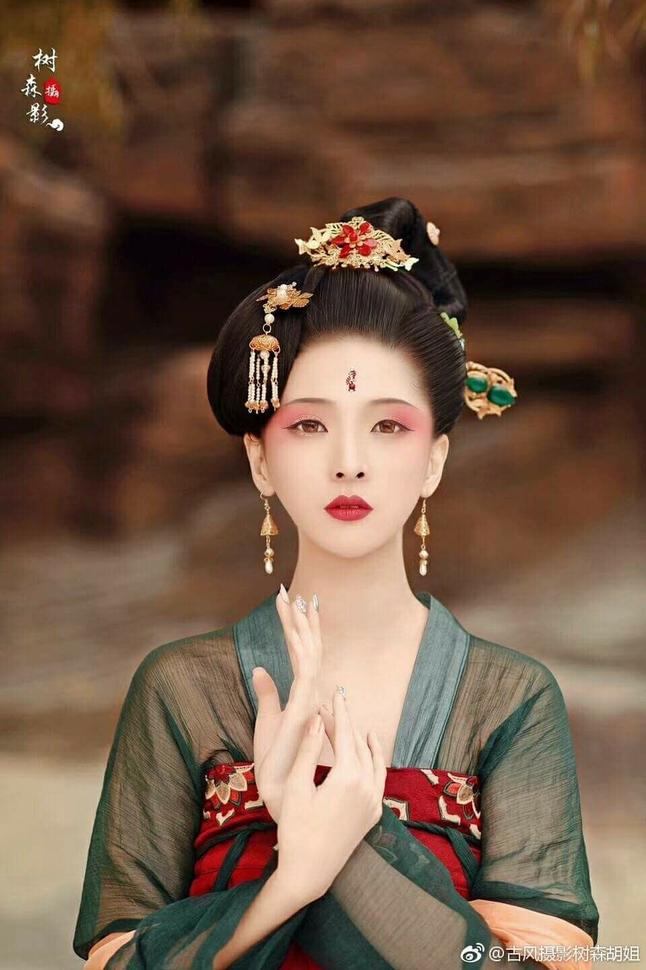
Regional variations illustrate how tetraphobia is not uniform across all Chinese-speaking populations. For example, it is more intense in coastal dialects but less so in Inland or northern dialects where phonetic resemblance is weaker. This variation partially explains why historical usages involving “4” remain prevalent in traditions rooted outside tetraphobia hotspots.
Comparative perspectives show that such numeric taboos exist in other East Asian cultures too. In Japan, both “4” and “9” are avoided because of homonyms for death or suffering. This regional similarity highlights how linguistic coincidence can drive significant cultural behaviors around numbers.
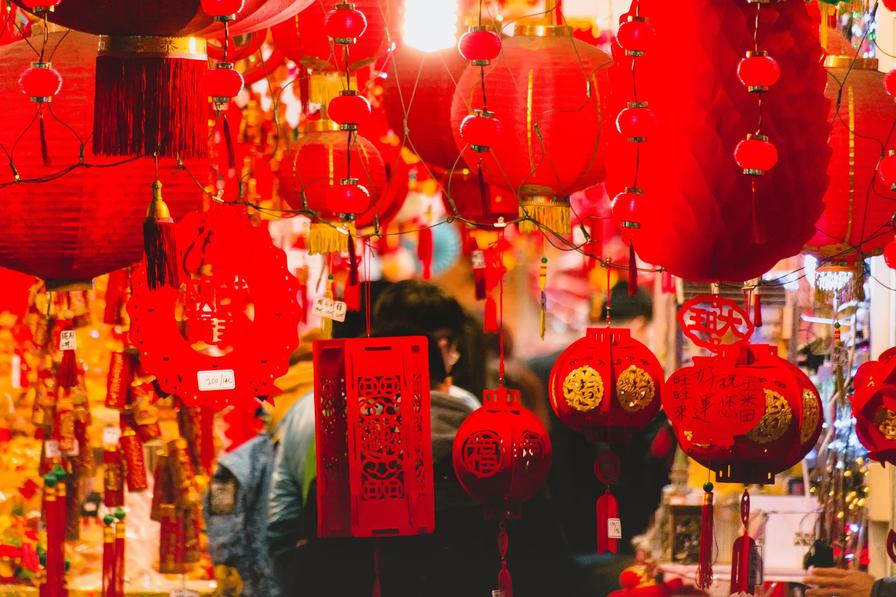
The coexistence of positive traditions and negative taboos creates a complex cultural relationship with number 4. While tetraphobia influences many areas of modern life, it has not erased the rich heritage of “4” as a symbol of joy, prosperity, and auspiciousness in historical rituals. Rather, it shows that numbers can hold multiple, even conflicting meanings, depending on context.
This nuanced duality explains why “4” remains highly prevalent in Chinese history despite its modern fear: traditional cultural foundations praise it, while contemporary linguistic fears discourage it in daily life.

- Early Chinese divination valued “4” as part of fortune-telling rituals.
- Traditional weddings and festivals use “4” to symbolize happiness and prosperity.
- Modern tetraphobia stems mainly from the similar sound of “four” and “death” in many dialects.
- Public institutions and businesses often avoid “4” due to superstition.
- The contrasting meanings coexist, reflecting a complex cultural dynamic.
Why is the Number “4” So Prevalent in Chinese History, Despite the Strong Tetraphobia in Chinese Society?
The number 4 holds a fascinating, dual personality in Chinese culture—it’s both revered and feared. This paradox explains why “4” shows up everywhere in Chinese history and tradition, even though many today avoid it due to tetraphobia. Let’s dive into this cultural conundrum, peeling back the layers that show how 4 can be both lucky and unlucky depending on the context.
Ever wondered why the number “4” is everywhere in Chinese history, yet people often dodge it in real life? It sounds contradictory, right? That’s because Chinese views on numbers are deeply rooted in ancient traditions but also shaped by modern influences and language quirks.
The Ancient Roots: Number Culture and Divination
To understand why 4 is so significant, we first need to look back at ancient China’s reverence for numbers. Numbers weren’t just digits; they served as mystical symbols with cosmic meaning.
Since the Zhou Dynasty (around 1000 BC), Chinese scholars used yarrow stalks in divination rituals, as detailed in the classic I Ching (‘Book of Changes’). They would count stalks in odd or even numbers to predict luck—good or bad. This practice laid a strong foundation for numerology in Chinese thought.
“Divination rituals involving prepared bundles of yarrow stalks have persisted since the Zhou Dynasty. As recorded in the classic text I Chin (“Book of Changes”), the ancients would count numbers to see if it was odd or even, predicting outcomes.”
This early numerical focus meant that numbers like 4 acquired layered meanings beyond simple counting—it became an entity to be understood and respected.
4: A Lucky Guest at Weddings and Celebrations
Now here’s the twist: despite tetraphobia, many traditional Chinese customs treat 4 as a bearer of happiness and prosperity. Crazy, huh?
Take weddings for example. Traditional ceremonies require four kinds of red offerings—red dates, red sorghum, red candles, and red silk fabric. More importantly, the bride wears “four reds”: red shirt, pants, shoes, and socks, symbolizing “four happiness (四红四喜)”—a phrase that promises abundance in food, clothing, prosperity, and offspring.
“‘Four’ is considered an auspicious number in many contexts within Chinese folk traditions. The bride wears ‘four reds’ representing ‘four happiness’ during the wedding, symbolizing a prosperous life ahead.”
During the Lunar New Year, the fourth day—known as Sheep Day—has special significance. It’s when families welcome the Stove God and the God of Wealth back home, praying for a prosperous year. This day showcases “4” as an auspicious gateway to good fortune.
Social rituals also emphasize positive meanings. In southern inland China, guests at banquets toast the “fourth cup,” symbolizing the four seasons of peace and prosperity. This banquet tradition speaks volumes about how “4” embeds itself into society’s joyous moments.
When 4 Turns into the Grim Reaper: The Rise of Tetraphobia
So why the fear today? The answer lies in language—specifically, homonyms. In many Chinese dialects (especially Min Nan along the coast), the word for “4” (四, sì) sounds almost identical to “death” (死, sǐ). This phonetic coincidence spooked people into avoiding the number in contexts linked to fate and death.
“‘Four’ being homonymous with the word ‘dead’ in many Chinese dialects (especially in coastal Min Nan speaking regions), has led many businesses to avoid displaying it to not offend customers.”
This linguistic taboo impacts daily life: Xiamen City officially banned license plates containing 4 since 2002 to cater to local superstitions. Hospitals, hotels, and transportation sectors also shun the number to prevent discomfort or bad vibes.
Interestingly, this isn’t unique to China. Japan also treats 4 and 9 as unlucky for similar reasons—sounds for “death” and “bitterness” overlap with their numbers, prompting taboos at business and social levels.
Balancing Act: The Coexistence of Positive and Negative Associations
Clearly, 4 is not just “good” or “bad.” It holds a complex role within Chinese culture, a yin-yang of numerical symbolism.
While tetraphobia means people avoid the number in certain modern settings, traditional ceremonies and historical customs continue to celebrate it. This coexistence highlights a nuanced relationship, where 4 can mingle with joy and misfortune, depending on timing and place.
“The same number is given different ‘bad’ or ‘lucky’ superstitions in different situations.”
One could say that the number 4 is a cultural chameleon—sometimes a symbol of prosperity, other times a harbinger of misfortune, reflecting China’s rich and layered approach to meaning.
What Can Readers Take Away?
- Numbers in Chinese culture bear multi-dimensional meanings rooted in history and language.
- Modern fears around the number 4 stem largely from homophones, not ancient disdain.
- Traditional customs still embrace 4 as powerful and positive—for weddings, festivals, and family rituals.
- Understanding this duality helps decode why 4 remains so visible historically, despite contemporary avoidance.
If you ever find yourself hesitating over that fourth dim sum on a menu or the fourth floor in a Chinese hotel, remember: “4” carries stories from the past and whispers of the present. It’s no simple number.
Ever faced a situation where a cultural taboo confused you? What other numbers or symbols do you know that have double lives? Share your stories!
In sum, the number 4 in Chinese society is a living paradox—rich in history, shadowed by fear, yet never truly absent. That, dear reader, keeps it eternally relevant and endlessly interesting.
Why is the number “4” used in traditional Chinese weddings despite tetraphobia?
In weddings, “4” represents happiness and prosperity. Brides wear “four reds”—red shirt, pants, shoes, socks—symbolizing abundance in food, clothing, and future offspring. This positive use contrasts with the fear linked to the number in other contexts.
How does the number “4” play a role in Lunar New Year celebrations?
The fourth day of Lunar New Year, Sheep Day, involves welcoming the Stove God and God of Wealth back home. This day is seen as auspicious, marking prosperity and good fortune, showing “4” as a positive number in cultural festivities.
If “4” is feared today, why does it still appear in ancient divination and rituals?
Historically, “4” was part of divination methods like those in the I Ching, used to forecast luck. The number held dual meanings, positive and negative, so it remained important culturally even with modern taboos arising from linguistic similarities to “death.”
How did tetraphobia develop despite the number’s traditional importance?
Tetraphobia comes mainly from the homonym in many Chinese dialects where “four” sounds like “death.” This linguistic link made the number unlucky in daily life and business, especially in certain coastal regions, even though it kept positive roles in customs.
Can the number “4” be both lucky and unlucky in Chinese culture?
Yes. The number “4” carries positive meanings in rituals and traditions but is feared for its phonetic link to death. This dual nature explains why it remains prevalent historically yet avoided in some modern settings.
